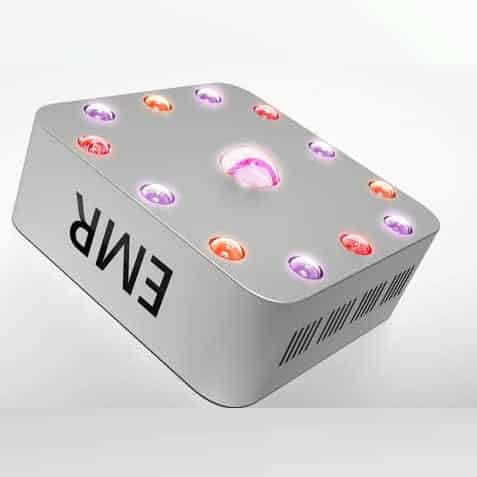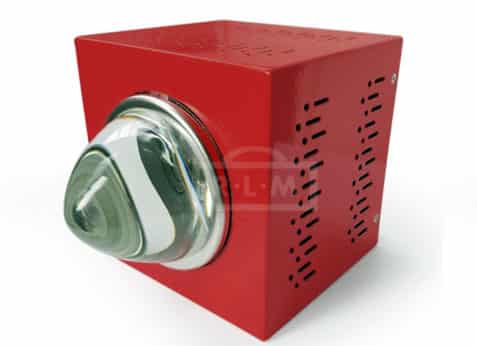
Is blue light bad for you? Does blue light interfere with sleep patterns? Is there such a thing as blue light toxicity? If blue light is so bad, why is there blue light therapy? There seems to be a growing discussion about blue light and in this article we take a closer look at some of these questions.
What is the Wavelength of Blue Light?
Blue light is a color in the spectrum that has shorter wavelengths compared to most of the other colors. The range of blue light is between about 415 nanometers (nm) and 495 nm. The word on the street is that the healthy blue light range (blue-turquoise) is in the 465 nm to 495 nm range while the more harmful blue light (blue-violet) seems to be more in the 415 nm to 455 nm range.
Blue light in and of itself is not harmful. The problem seems to be more around the way we are getting blue light, and at what time of the day.
Sources of Blue Light
When we get blue light from the sun we’re getting the right amount of blue light, in the right intensity and mixed with the other colors of the spectrum together. Our internal clocks regarding metabolism, sleep, digestion and much more have evolved under sunlight. People used to spend much more time outdoors and when the sun went down we’d either go to bed or stay up by candlelight.
Obviously our modern lifestyle includes being indoors much more than it used to and we spend far greater to time under artificial lighting. We are also spending much more time in front of screens.
As LEDs, screens, etc. become more and more prominent, they are also becoming less expensive to make, but that comes at a cost to our health. The amount of blue light we receive from this lighting is primarily blue wavelengths, while there is almost no red, orange, or other colors we normally would get along with the blue from sunlight.
So Is Blue Light Bad for Your Eyes or Health in General Then?
The short answer is it depends on the source and how much. Blue light is a natural occurring light in nature so it’s not inherently bad for your eyes or health, generally speaking.
The amount of blue light, when we’re getting it and the source are some of the factors that contribute to negative effects, again, primarily around sleep. This is why more and more people are turning to blue and blue-green blocking glasses to protect themselves and their internal cycles, especially the circadian rhythm that has so much to do with sleep.
They’ve coined a term for someone who gets too much blue light without getting the other colors of the spectrum. The term is blue light toxic. Most of the adverse effects of this revolve around sleep, but a Harvard study suggested that it also may have a link to obesity.
Blue Light Therapy Actinic Keratosis
Blue light is not inherently bad, of course, and in fact is good for us when used appropriately. You can listen to Dr. Timothy Jochen, Board Certified Dermatologist with Contour Dermatology discuss how Blue Light Photodynamic Therapy is used to treat pre-cancerous actinic keratoses as well as acne.
Newport Beach Dermatology and Plastic Surgery is one of the many health centers that offer both red and blue light therapy. On their Youtube Channel you can watch a patient named Kerry document her experience with blue light therapy.
From what we can gather, blue light either used therapeutically like this or from the sun is beneficial for our health. Blue light from artificial light isn’t great because of the aforementioned lack of congruency with the other colors of the spectrum.











